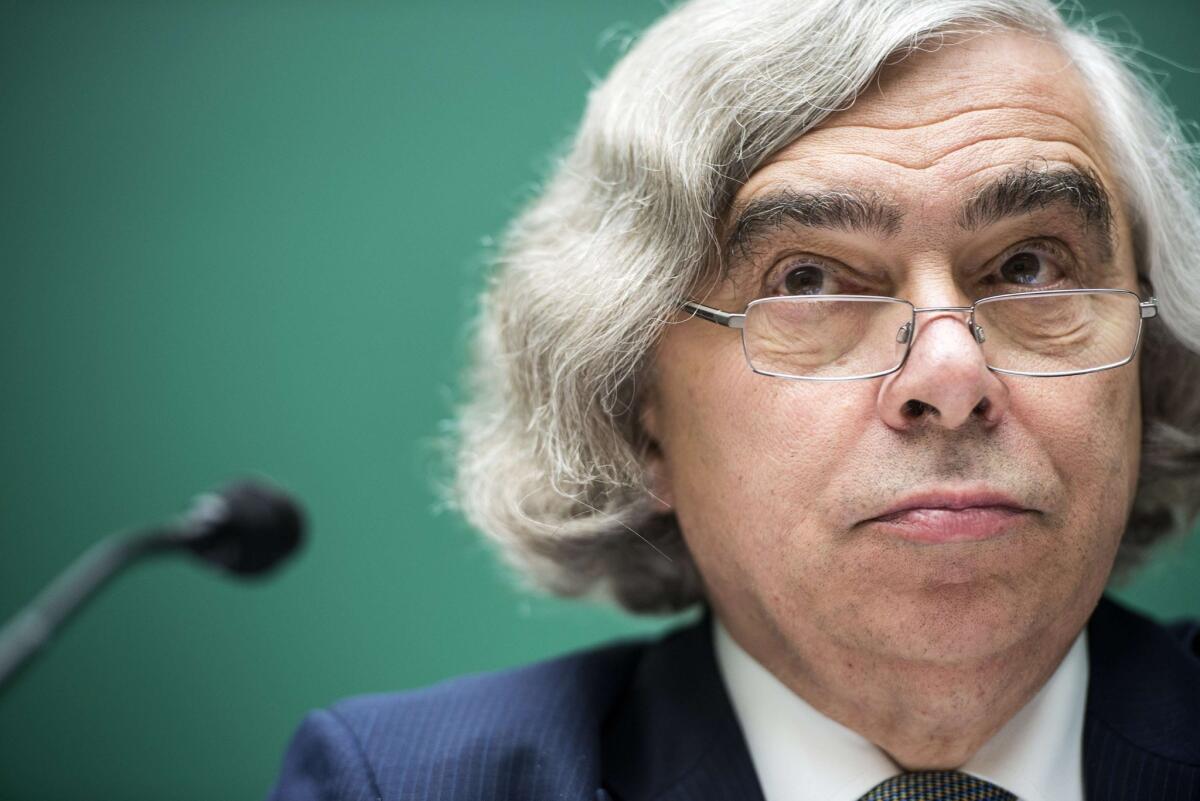Nuclear waste can’t wait

In the 1957 Isaac Asimov short story “Silly Asses,” Earthlings are added to a galactic book of planetary races that have reached maturity — defined as those that have developed nuclear capability. But then the keeper of the book learns that atomic tests are being conducted on Earth and crosses the planet off the list. Asimov was writing during the A-bomb years, before the construction of nuclear power plants. How unacceptable would it seem to the fictional keeper of the book that we have been building and operating these reactors for decades without a place to store the waste?
Last week, a federal appeals court ordered the Nuclear Regulatory Commission to move forward on either granting or denying a permit for an underground nuclear waste site at Yucca Mountain. The Obama administration had put the brakes on the permit process, fulfilling a campaign promise to Senate Majority Leader Harry Reid (D-Nev.), who doesn’t want the spent fuel in his home state.
Yucca Mountain is one of the safest places in the country for nuclear storage. It’s a remote, dry area that isn’t earthquake-prone, and it’s on the edge of an area where atomic testing took place during the 1950s. But it’s not without flaws, and one issue that never was resolved is transporting nuclear waste safely to this or any repository.
Federal law requires the government to identify a site or sites for nuclear waste. The list was narrowed during the George W. Bush administration to Yucca Mountain. That choice was too abrupt and too limited; for one thing, Yucca Mountain isn’t large enough to be the sole repository. But the Obama administration’s response — that it will work on finding multiple smaller sites in other states — circumvents the problem of disposal rather than confronting it. No state wants to be the dumping grounds for the nation’s nuclear waste, but it has to go somewhere, and the problem won’t solve itself.
The situation highlights a major flaw in the president’s plan for relying on nuclear power as part of the effort to combat climate change. It’s not a real plan when it doesn’t make provisions for safe disposal. Existing and decommissioned plants have been storing their spent fuel on-site, either in pools or encased in concrete casks. It’s an unacceptable situation. The casks, which will be used to store waste at the defunct San Onofre Nuclear Generating Station, can withstand even strong earthquakes, but their lifetime is measured in decades, while the waste will be dangerous for hundreds of thousands of years.
In other words, nuclear policy requires farsighted thinking. California law wisely prohibits the construction of new nuclear plants until a safe method has been devised for permanently disposing of waste. A mature federal energy policy would do the same.
More to Read
A cure for the common opinion
Get thought-provoking perspectives with our weekly newsletter.
You may occasionally receive promotional content from the Los Angeles Times.










